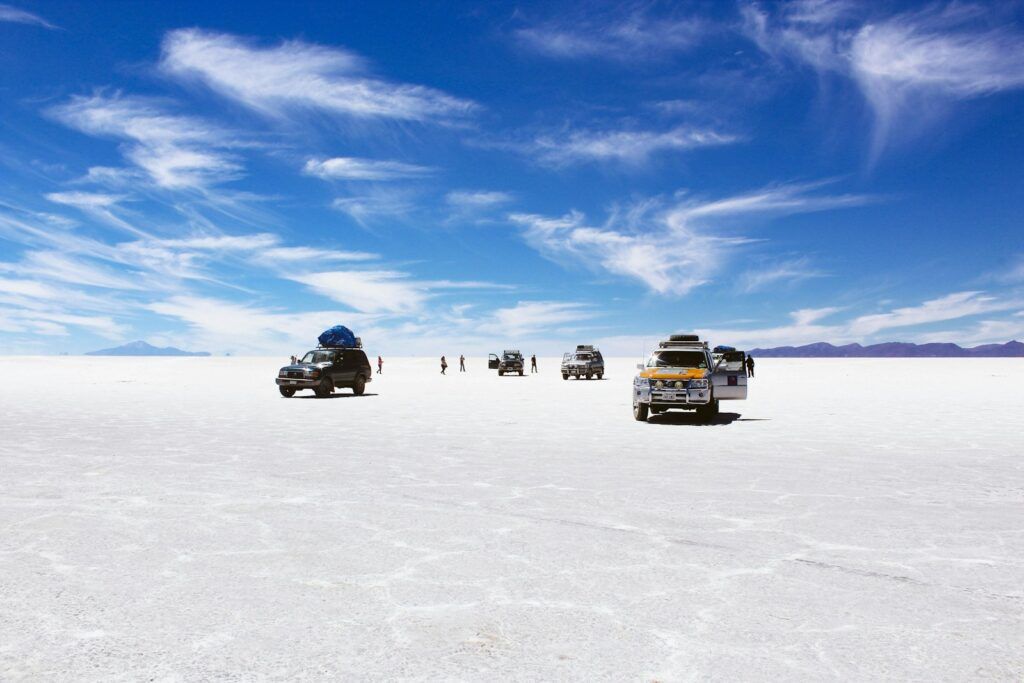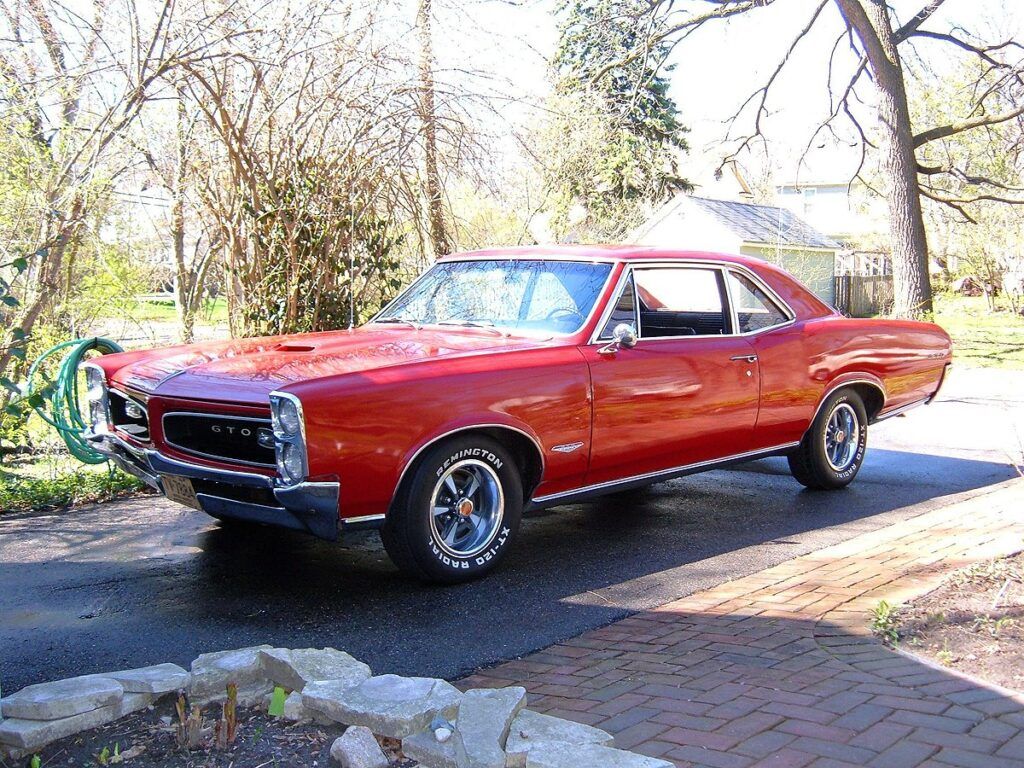
You just drove home in a gorgeous new car, its finish shimmering under the sun like a polished jewel. It’s an undeniable thrill to see that immaculate surface, reflecting the world around it with pristine clarity. Yet, for many new car owners, that mirror-like shine often begins to dull within just a few months, and textures and blemishes appear far sooner than ever anticipated, leading to a frustrating question: what exactly happened to that perfect finish?
Modern car paints are facing challenges that older vehicles simply didn’t have to contend with, leading to widespread concerns about their durability. The advancements in automotive manufacturing, while bringing vibrant colors and sleek designs, have also introduced new vulnerabilities in how a car’s exterior holds up against the rigors of daily life. From environmental assaults to changes in paint composition, understanding these underlying factors is crucial for any car owner looking to preserve their vehicle’s aesthetic appeal and long-term value.
This in-depth guide aims to shed light on why contemporary car paints don’t seem to hold up like they used to, exploring the specific changes in automotive paint technology, the pervasive external threats, and the everyday habits that contribute to premature dullness and fading. By dissecting these critical factors, we empower you with the knowledge needed to make informed decisions about protecting your investment and keeping your car looking its absolute best for years to come. We’ll delve into the very fabric of modern paint and the forces constantly working against it.
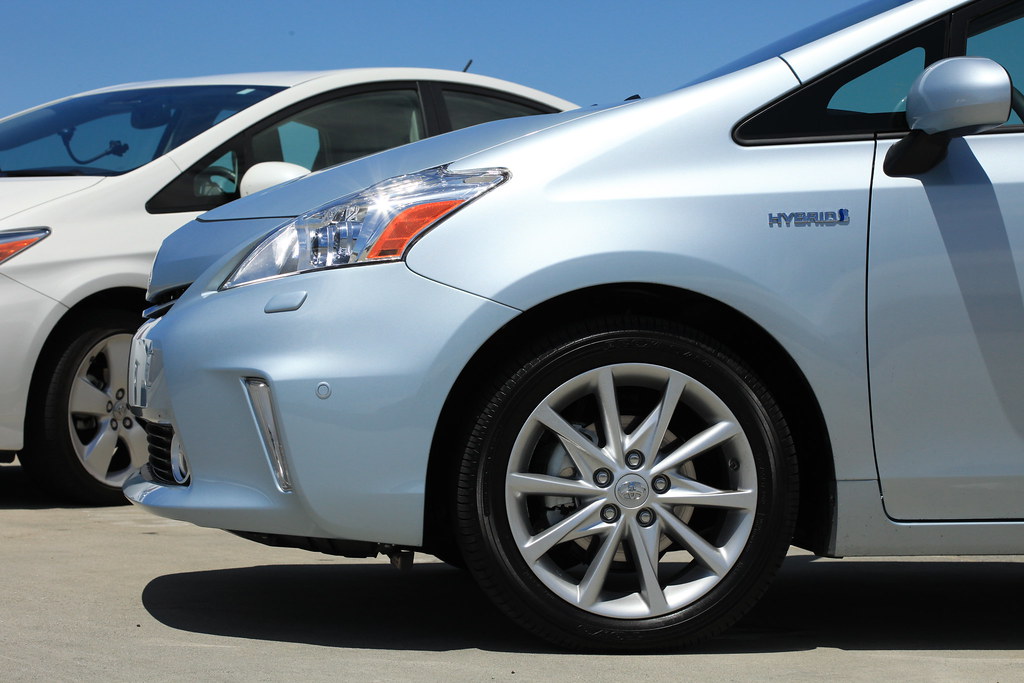
1. **The Shift to Thinner, Water-Based Paints**In the past, the automotive paints applied to vehicles were robust, typically built up in layers that measured between four and six mils thick. This substantial thickness provided a significant buffer against the myriad forms of damage a car’s exterior encounters. It offered a noticeable degree of inherent protection and durability, contributing to a lasting, resilient finish that could withstand more wear and tear.
However, today’s vehicles leave the factory with paint that is often just two to three mils thick—a stark contrast that has profound implications for durability. This may not sound like a dramatic difference on paper, but in practical terms, it makes the paint far more vulnerable to a host of common issues. Scratches, chips, and the relentless assault of UV damage penetrate these thinner layers much more easily, compromising the finish faster than ever before.
Automakers have also largely transitioned to water-based paints, a move driven by modern production standards and environmental considerations. While these new formulations certainly deliver vibrant colors, giving cars that eye-catching pop, they often fall short when it comes to long-term durability compared to their predecessors. They are often more prone to imperfections like the “orange peel texture” and can even show defects straight from the dealership, highlighting their delicate nature from the outset. As detailing expert Dr. Swirlkiller puts it well: “Modern paints, while vibrant, often lack the durability we once enjoyed,” underscoring the universal challenge this shift has presented to vehicle owners.
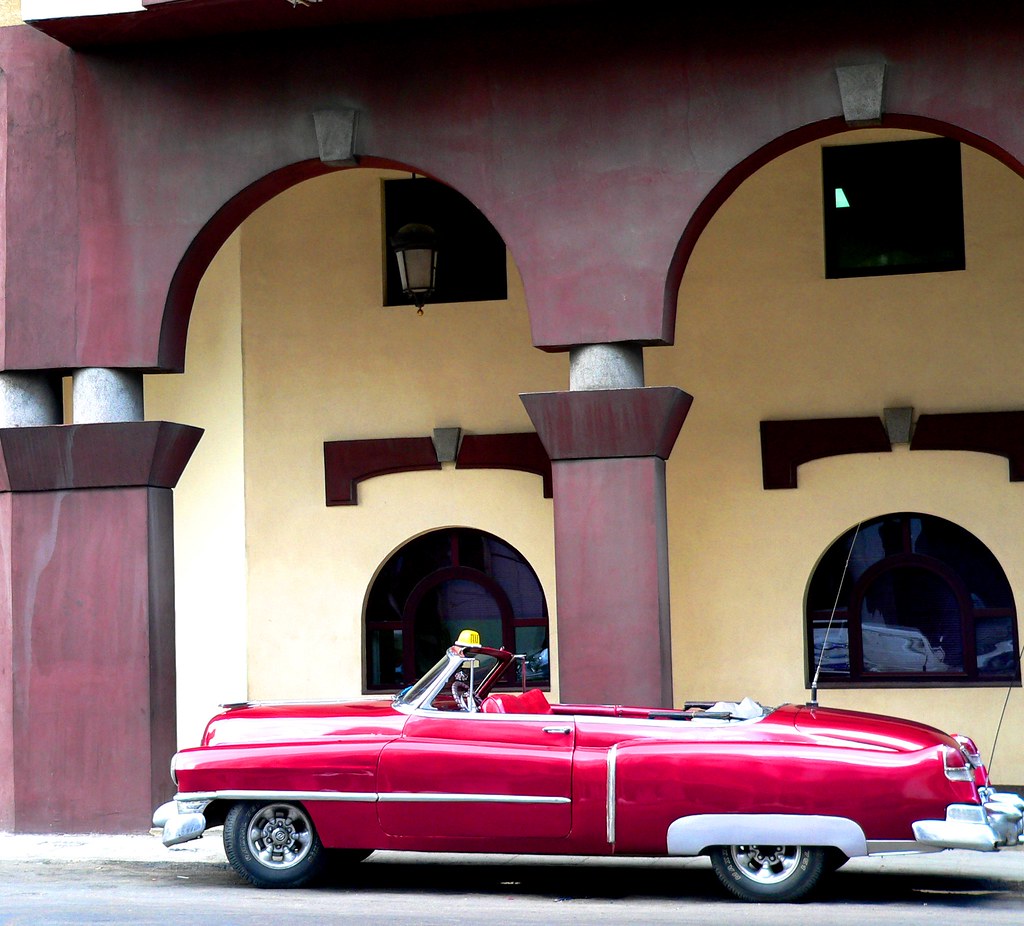
2. **The Demands of Matte Finishes**Matte finishes have undeniably exploded in popularity across the automotive landscape, particularly among luxury vehicles, becoming a potent symbol of modern style and sophistication. Their distinctive, non-reflective surface offers a bold, eye-catching look that consistently turns heads on the road. This unique aesthetic stands apart from traditional gloss finishes, projecting an aura of contemporary elegance and aggressive design.
However, that beautiful matte surface, while visually striking, comes with some serious and often overlooked maintenance demands. Matte paint is notoriously delicate, lacking the ability to hide imperfections in the same way a glossy clear coat can. It scratches easily, and critically, unlike gloss finishes, you can’t simply polish out imperfections without permanently altering its distinctive appearance. Even routine washing calls for an entirely different level of care, requiring specific products and techniques to avoid damaging the delicate finish.
Seasoned detailer Jonathan Stevens shares this crucial insight: “Matte finishes may look cool, but they require a whole different level of care.” This statement highlights the specialized attention these finishes demand, making them a significant commitment for owners. For those dedicated to preserving that fresh-from-the-showroom look, investing in paint protection film (PPF) is often considered a smart and necessary move, offering a crucial layer of defense against the unique vulnerabilities of matte paint.
Read more about: Unlocking Automotive Excellence: Your Definitive Guide to the 12 Hallmarks of Top Classic Car Restoration Shops in the US

3. **The Relentless Assault of UV Radiation**Among the most pervasive and insidious threats to your car’s paint is the relentless assault of ultraviolet (UV) radiation from the sun. While you might not always notice its effects immediately, UV radiation is a major culprit in car paint deterioration, silently breaking down the very chemical bonds within the paint. This destructive process accelerates oxidation on car paint, leading to a gradual but irreversible loss of pigment and shine.
Sun damage on car paint is particularly common when vehicles are exposed to direct sunlight for prolonged periods, a scenario that is practically unavoidable for most daily drivers. Over time, this constant exposure causes the paint to discolor and fade, robbing your car of its original vibrancy. The once-glossy finish that made your car stand out slowly becomes dull and chalky, diminishing its aesthetic appeal and giving it an aged appearance.
This effect is often more pronounced and visible in certain vehicle colors, notably red and dark-colored vehicles. These hues absorb more sunlight, intensifying the impact of UV rays and accelerating the fading process compared to lighter shades. Understanding the profound impact of UV radiation is the first step toward taking proactive measures to shield your vehicle’s finish from its damaging effects, emphasizing that prevention is key to maintaining a lasting shine.
Read more about: Guard Your Investment: 15 Worst Storage Mistakes That Could Ruin Your Classic Car Over a Decade

4. **Corrosive Road Salts and Industrial Pollutants**While road salt is undoubtedly effective for ensuring safe driving conditions in winter, its benefits for public safety come at a significant cost to your car’s exterior. Salt is a highly corrosive substance, and when it clings to your vehicle’s paint, it doesn’t just sit on the surface. It gradually eats through the clear coat and underlying layers, initiating a damaging process that can lead to premature paint fading, the development of rust, and other severe long-term damage if not promptly and thoroughly washed off.
Beyond road salts, your car’s paint is constantly exposed to a variety of industrial pollutants in the air. “Dust, debris, and industrial particles (sometimes called ‘rail dust’ or ‘brake dust’)” are common airborne contaminants that settle on your car. These microscopic particles don’t just sit innocuously; they can scratch the surface or bond tenaciously to the clear coat, creating an abrasive layer that dulls the finish and can lead to more significant damage over time. These pollutants often require professional auto detailing to remove fully, as regular washing may not suffice.
Adding to this chemical onslaught is acid rain, a direct consequence of air pollution. Acid rain contains sulfuric and nitric acids, which erode paint slowly and steadily. When these acidic compounds land on your vehicle and are not washed off, they leave behind corrosive residue that actively breaks down the clear coat. This process not only dulls the finish but also actively encourages paint oxidation and fading, contributing significantly to the premature aging of your car’s exterior.
Read more about: Shield Your Ride: Simple, Effective Ways to Banish Rust from Your Truck’s Undercarriage This Winter and Beyond

5. **Acidic Assaults: Bird Droppings & Animal Waste**It might seem like a minor annoyance, but bird droppings and other forms of animal waste are far from harmless when they land on your car’s pristine paintwork. These organic contaminants are extremely acidic, containing corrosive compounds that can initiate significant damage to your vehicle’s clear coat. Their acidic nature makes them a potent threat that demands immediate attention to prevent lasting harm to the finish.
The destructive potential of bird droppings is particularly amplified on hot days. The heat causes the acidic compounds to rapidly react with and effectively burn into your car’s clear coat in a matter of hours. This chemical etching can leave permanent damage, creating noticeable stains or marks that are incredibly difficult, if not impossible, to remove without professional intervention. This underscores the critical need for these contaminants to be properly washed off immediately and thoroughly to mitigate potential damage.
Beyond bird droppings, other environmental contaminants like tree sap and bug splatters also pose significant acidic assaults. Tree sap, in particular, is sticky and often contains acidic components that can etch into the paint if not removed promptly. Similarly, bug splatters, composed of insect bodily fluids, are highly acidic. If left untreated, they can erode the clear coat, leading to oxidation and dull spots that detract from your car’s overall appearance. Addressing these common, yet harmful, occurrences quickly is paramount to maintaining paint integrity.
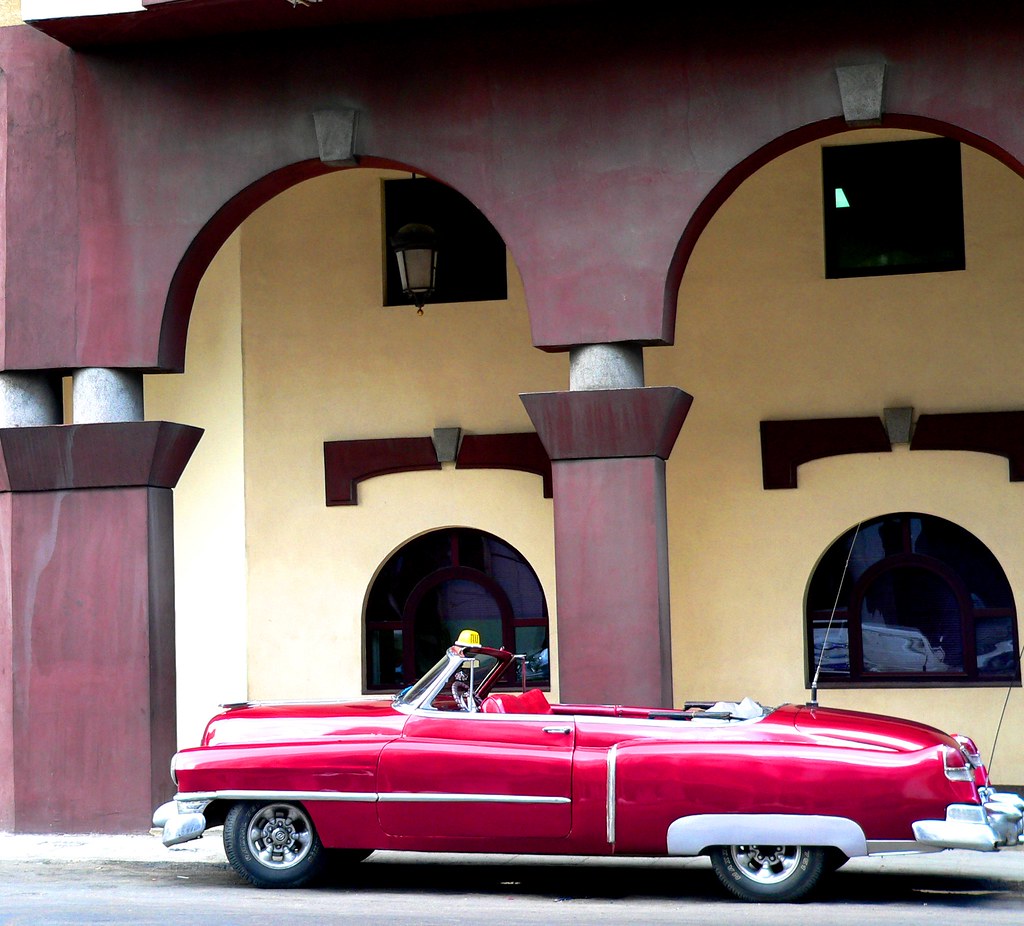
6. **Physical Abrasions: Road Debris and Scratches**Driving inevitably exposes your car’s surface to a constant barrage of physical threats, making physical abrasions a considerable factor contributing to the dullness and degradation of car paint. Road debris, an unavoidable aspect of daily travel, includes everything from small rocks and gravel to bits of asphalt. These tiny projectiles are frequently kicked up by other vehicles, impacting your car at high speeds, often without you even realizing it.
When these particles strike the paint, they chip away at its layers, creating unsightly scratches and blemishes. This chipping not only mars the surface but also exposes the underlying metal to moisture and air, which is a prime catalyst for rust formation. Rust further compromises the integrity and appearance of your vehicle, escalating what might start as a minor chip into a more significant and costly repair. The accumulation of these chips and scratches creates an uneven surface that scatters light rather than reflecting it smoothly, dramatically reducing the car’s natural shine and luster.
Furthermore, everyday scenarios can lead to more noticeable physical damage. Accidental bumps or scrapes from objects like shopping carts in a parking lot, or even brushing against a wall, can leave significant and prominent marks. These visible imperfections not only detract from the car’s aesthetic appeal but also serve as points of vulnerability where further deterioration can begin. Understanding these constant physical threats is vital for any car owner looking to maintain a pristine exterior.
Navigating the complexities of modern car paint durability can feel daunting, especially after understanding the myriad threats your vehicle faces daily. However, the good news is that maintaining that showroom shine and protecting your investment isn’t just possible, it’s entirely within your control with the right knowledge and tools. This section shifts our focus from the ‘why’ to the ‘how,’ providing practical, actionable strategies and advanced solutions to prevent fading, restore dull finishes, and preserve your car’s pristine appearance for years to come. We’ll explore best practices for routine care, cutting-edge protective coatings, and when to enlist the expertise of professionals, empowering you to make informed decisions for your vehicle’s long-term health and beauty.
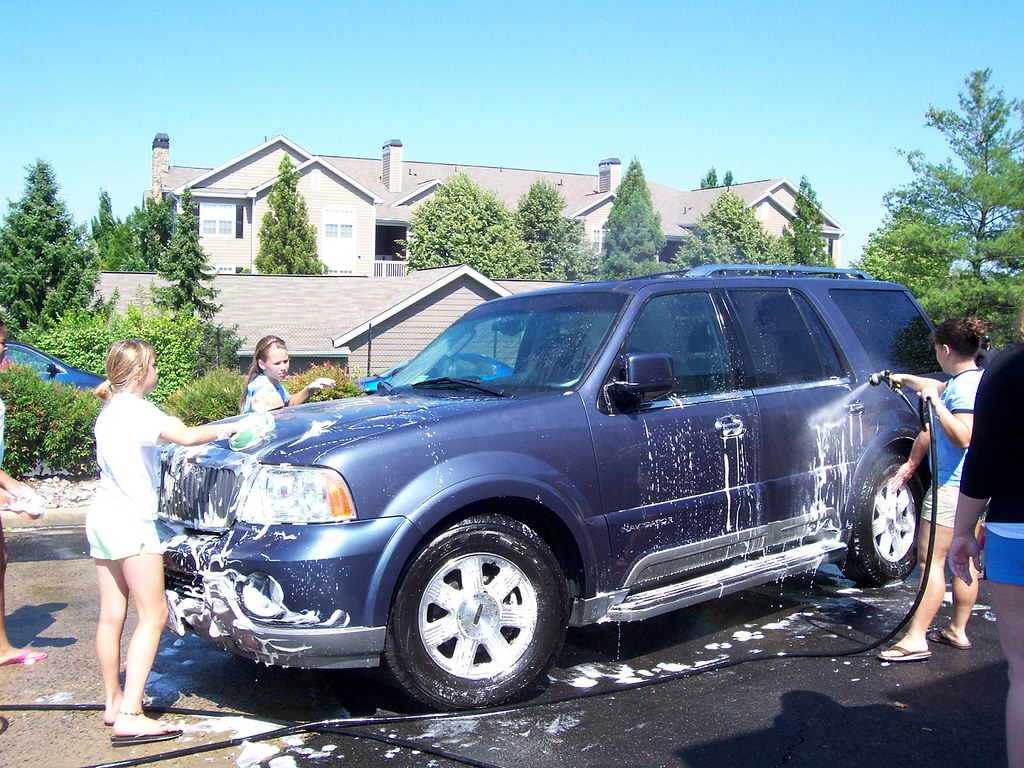
7. **Best Practices for Washing Your Car**Regular and gentle washing forms the bedrock of any effective car paint maintenance regimen. Aiming to wash your car every couple of weeks using high-quality, car-specific products is a simple yet crucial step. Crucially, it’s vital to stay away from brush car washes, as they are notorious for leaving behind swirls and fine scratches, especially on the thinner, more delicate modern paints that are now standard. Opting for a pH-balanced car wash shampoo, specifically designed for automotive finishes, guarantees gentle yet effective cleaning that won’t strip away protective layers.
Beyond product selection, the techniques you employ during washing can significantly impact your paint’s longevity and appearance. Implementing the two-bucket method—one bucket for shampoo water and another for rinsing your wash mitt—helps prevent dirt and grime from being redeposited onto your car, minimizing the risk of micro-scratches. Always choose soft wash mitts or microfiber towels over rough sponges or dirty cloths, as these lift dirt without scratching. Additionally, avoiding washing in direct sunlight is key, as rapid drying can cause soap to dry too quickly, leading to water spots and streaks that detract from the paint’s appearance.
Thorough rinsing is another step that often gets overlooked but is critical for maintaining paint integrity. Incomplete rinsing can leave behind residues that dull the finish and attract further contaminants. Make sure you rinse from top to bottom, ensuring all soap and contaminants are completely removed. After rinsing, drying with a high GSM microfiber towel helps prevent water spots and swirls, culminating in a clean, streak-free finish that truly allows your paint to shine without any unintended damage.
Read more about: Navigate Luxury Vehicle Registration: The 12 Best States for Low Sales Tax in 2025
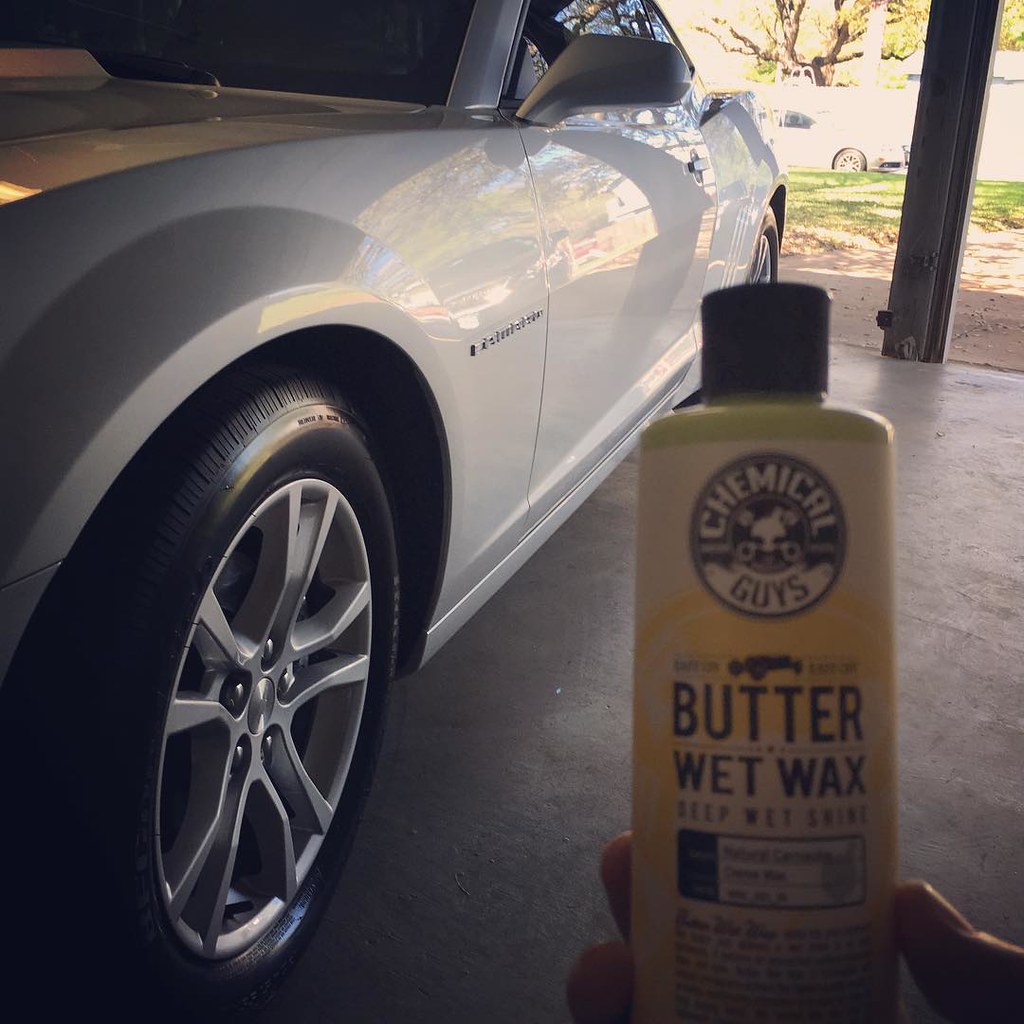
8. **The Role of Wax and Sealants in Paint Protection**Once your car is clean, applying a protective layer of wax or a sealant is a vital step in safeguarding your vehicle’s finish. These products create a crucial barrier that acts like a “sunscreen” for your car’s paint, helping to repel dirt, water, and harmful UV rays. This added layer of protection significantly mitigates the effects of environmental aggressors and chemical exposure, which are primary causes of paint dullness and fading over time.
Once your car is clean, applying a protective layer of wax or a sealant is a vital step in safeguarding your vehicle’s finish. These products create a crucial barrier that acts like a “sunscreen” for your car’s paint, helping to repel dirt, water, and harmful UV rays. This added layer of protection significantly mitigates the effects of environmental aggressors and chemical exposure, which are primary causes of paint dullness and fading over time.
Regular application of these protective layers is key to their effectiveness. Generally, applying a coat of wax or a sealant every few months is recommended to ensure continuous protection. Carnauba-based waxes are known for imparting a deep, warm shine, while synthetic sealants often offer longer-lasting durability and enhanced resistance against environmental elements. The choice between them often comes down to desired aesthetic and longevity, but either option provides a substantial defense against daily wear and tear.
Neglecting this crucial maintenance step leaves your car’s paint vulnerable, accelerating oxidation and allowing contaminants like dirt, bird droppings, and tree sap to embed directly into the clear coat. Without a protective barrier, the paint’s chemical bonds break down faster, leading to a dull, chalky surface that is difficult to restore. By making waxing or sealing a consistent part of your routine, you actively extend the lifespan of your car’s paint, preserve its vibrant appearance, and crucially, help maintain its resale value.
Read more about: The Definitive Guide: 12 Top-Rated Car Wash Soaps Under $15 for a Professional Shine
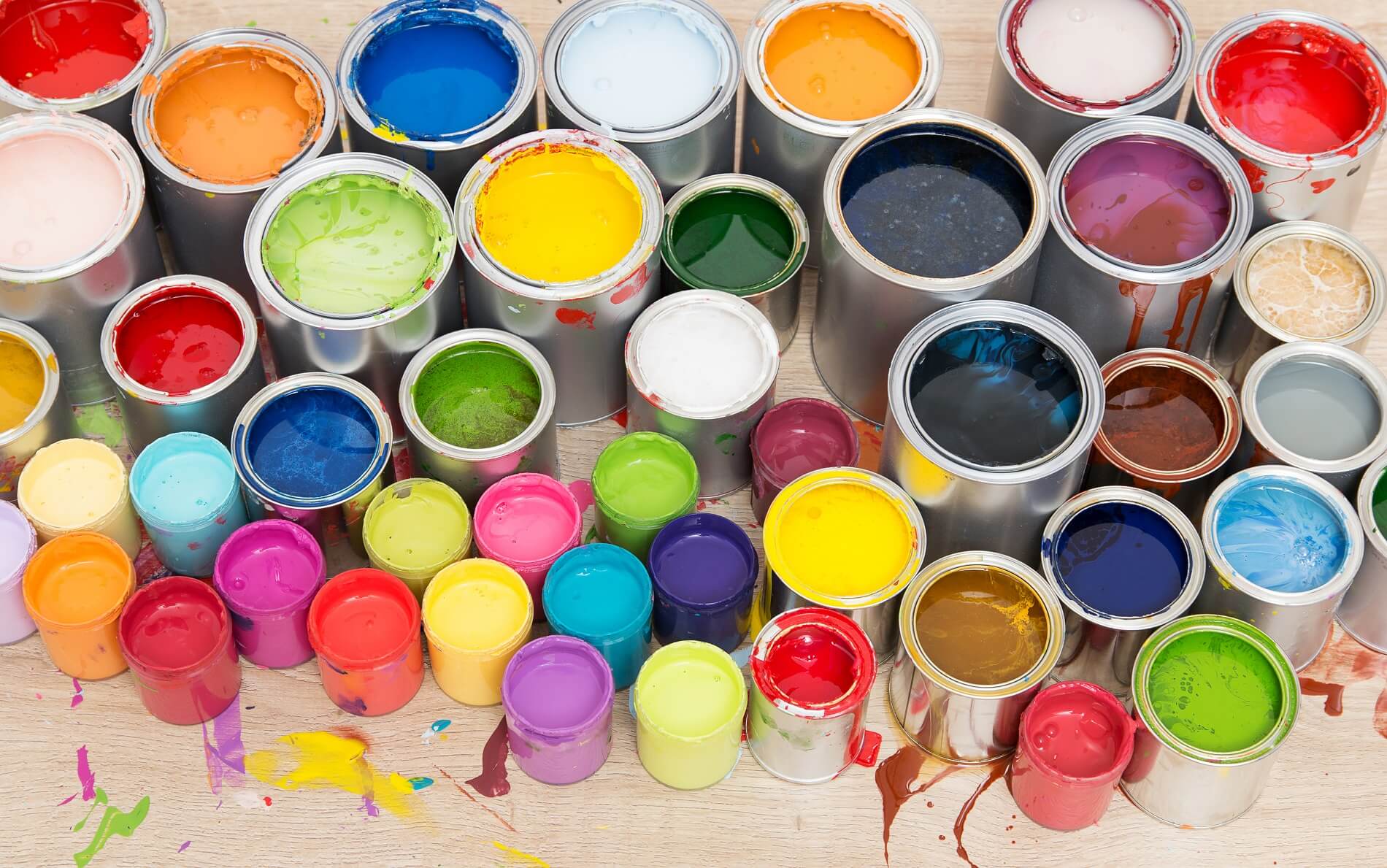
9. **Paint Protection Film (PPF): A Shield Against Physical Damage**For those seeking superior defense against the most common physical threats, Paint Protection Film (PPF) stands out as an advanced solution. This nearly invisible, urethane film is designed to provide a robust sacrificial layer over your vehicle’s paint. Its primary function is to guard against rock chips, scratches, and road debris—the very physical abrasions that continuously chip away at paint layers and expose the underlying metal to corrosion and rust.
For those seeking superior defense against the most common physical threats, Paint Protection Film (PPF) stands out as an advanced solution. This nearly invisible, urethane film is designed to provide a robust sacrificial layer over your vehicle’s paint. Its primary function is to guard against rock chips, scratches, and road debris—the very physical abrasions that continuously chip away at paint layers and expose the underlying metal to corrosion and rust.
PPF is particularly valuable for cars with notoriously delicate paint, such as matte finishes or specific black GM models, which are exceptionally prone to marring and difficult to correct. Matte paint, for instance, scratches easily, and imperfections cannot be polished out without permanently altering its distinctive appearance. Applying PPF to these vulnerable finishes offers a crucial layer of defense, ensuring that the unique aesthetic is preserved against everyday hazards and simplifying routine maintenance by making the surface easier to clean without damage.
Beyond preventing physical damage, PPF can also offer a degree of protection against UV rays and environmental stains, though its core strength lies in its physical resilience. While it represents an investment, the long-term benefits in preserving paint integrity and reducing the need for costly paint correction often outweigh the initial expense. For owners committed to maintaining a flawless, factory-fresh appearance, especially in high-impact areas like hoods, bumpers, and side mirrors, PPF offers peace of mind and significantly extends the life and beauty of the paint finish.

10. **Embracing Ceramic Coatings for Long-Term Defense**Stepping up from traditional waxes and sealants, ceramic coatings represent a significant leap in paint protection technology, offering long-term durability and an enhanced finish. A ceramic coating is a liquid polymer that chemically bonds with your car’s factory paint, creating a semi-permanent, hydrophobic layer. This advanced barrier actively repels water, dirt, and a wide array of environmental contaminants, making your car significantly easier to clean and maintain.
Stepping up from traditional waxes and sealants, ceramic coatings represent a significant leap in paint protection technology, offering long-term durability and an enhanced finish. A ceramic coating is a liquid polymer that chemically bonds with your car’s factory paint, creating a semi-permanent, hydrophobic layer. This advanced barrier actively repels water, dirt, and a wide array of environmental contaminants, making your car significantly easier to clean and maintain.
The benefits of ceramic coatings are extensive. This durable layer provides excellent resistance against UV rays, directly combating the oxidation and fading effects that often plague unprotected paint. It also offers enhanced protection against chemical exposure, shielding your clear coat from acidic elements like bird droppings, tree sap, and industrial pollutants. The result is a profound improvement in gloss and depth of color, often described as a ‘wet look,’ that lasts for years, not just months, unlike conventional waxes.
While ceramic coating requires an upfront investment and professional application is often recommended for optimal results, its long-term value is undeniable. For vehicles with delicate paints or owners who prioritize maximum protection and ease of maintenance, ceramic coating is a worthy investment. It drastically reduces the risk of fading car paint, minimizes the frequency of needing intensive auto detailing, and ensures your car’s finish remains flawless and vibrant, effectively extending its lifespan and preserving its aesthetic appeal for the long haul.
Read more about: Unlock the Secrets: 15 Essential Ways to Keep Your Luxury Car Looking Showroom New

11. **The Value of Professional Detailing and Paint Correction**While many car owners successfully manage routine maintenance themselves, there are instances where professional detailing and paint correction become indispensable. When your car’s paint exhibits severe fading, deep swirl marks, significant oxidation, or other prominent imperfections that cannot be remedied with basic washing and waxing, enlisting the expertise of a skilled detailer is the most effective course of action. Professionals possess the tools, knowledge, and experience to address complex paint issues with precision and care.
While many car owners successfully manage routine maintenance themselves, there are instances where professional detailing and paint correction become indispensable. When your car’s paint exhibits severe fading, deep swirl marks, significant oxidation, or other prominent imperfections that cannot be remedied with basic washing and waxing, enlisting the expertise of a skilled detailer is the most effective course of action. Professionals possess the tools, knowledge, and experience to address complex paint issues with precision and care.
Professional detailers offer a range of advanced services, from thorough clay bar treatments that remove embedded impurities overlooked by regular washing, to meticulous paint correction using dual-action polishers and specialized compounds. This polishing process is key to eliminating oxidation, refining the clear coat, and restoring clarity and gloss, making the paint vibrant again without damaging the delicate layers. For severe fading or damage, professional auto body shops like Mackin’s Auto Body utilize computer-assisted color-matching technology to ensure precise and consistent restoration, often following a comprehensive prepare, prime, and paint process.
Deciding between DIY and professional care often boils down to the severity of the paint’s condition and the desired outcome. While basic washes and waxing are well within the capabilities of most owners, advanced services such as ceramic coating applications, dealing with significant scratches, or comprehensive paint correction are best left to the pros. As detailing specialist Leanne affirms, “Taking the right steps can keep your car looking new much longer than you’d expect,” and often, those ‘right steps’ for complex issues involve professional intervention to truly revive and protect your vehicle’s finish.
Read more about: Decoding Mexico’s Financial Backbone: A Deep Dive into the NIF for Savvy Professionals
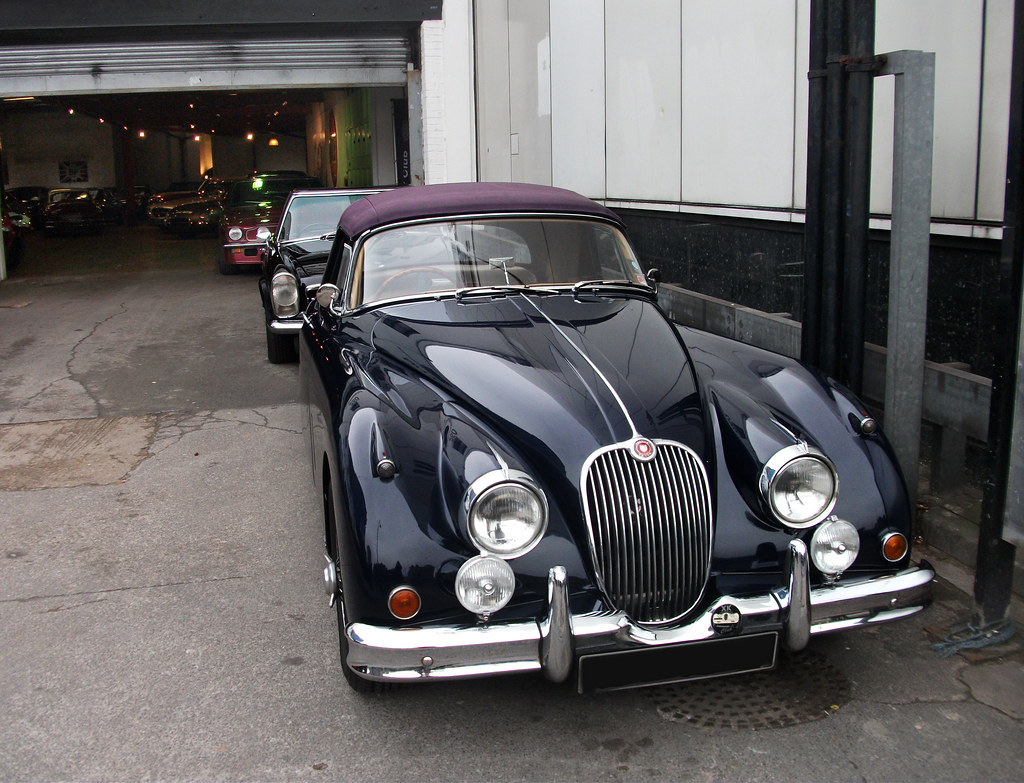
12. **Proactive Habits for Preventing Paint Fade**Beyond specialized treatments, incorporating a set of proactive habits into your routine is paramount for long-term paint preservation and preventing premature fading. One of the simplest yet most effective strategies is to mitigate the relentless assault of UV radiation. Whenever possible, park your car in covered areas, such as a garage or under a carport, to block harmful UV rays. If covered parking isn’t available, investing in a high-quality car cover provides a physical barrier that dramatically reduces sun exposure and its damaging effects.
Beyond specialized treatments, incorporating a set of proactive habits into your routine is paramount for long-term paint preservation and preventing premature fading. One of the simplest yet most effective strategies is to mitigate the relentless assault of UV radiation. Whenever possible, park your car in covered areas, such as a garage or under a carport, to block harmful UV rays. If covered parking isn’t available, investing in a high-quality car cover provides a physical barrier that dramatically reduces sun exposure and its damaging effects.
Equally important is the immediate removal of isolated contaminants. Bird droppings, tree sap, and bug splatters are highly acidic and can etch into your paint’s clear coat in a matter of hours, especially on hot days. Carrying a microfiber cloth and a gentle, car-safe cleaner in your vehicle allows for prompt action, preventing these substances from causing permanent damage. Similarly, during winter months, thoroughly washing off corrosive road salts as soon as possible prevents them from eating through protective layers and initiating rust.
Maintaining a consistent and comprehensive maintenance routine extends far beyond just washing and occasional waxing. It involves regularly inspecting your car’s surface for any minor chips or imperfections and addressing them early to prevent further damage. These proactive measures not only safeguard against auto paint fading but also play a critical role in protecting your car against depreciation. By adopting these smart care habits, you ensure that your vehicle retains its aesthetic appeal and preserves its long-term value, keeping it looking its absolute best for years to come.
Read more about: Beyond the Garage: The Ultimate 12-Point Safety Checklist for Classic Car Road Trips
While modern car paints present new challenges due to their thinner composition and susceptibility to environmental factors, maintaining a stunning, long-lasting finish is entirely achievable. By embracing a holistic approach—from diligent washing and the strategic use of waxes or sealants to the advanced protection offered by Paint Protection Film and ceramic coatings, and knowing when to leverage professional detailing—you are well-equipped to defend your vehicle against the forces that seek to diminish its shine. Remember, protecting your car’s paint isn’t just about aesthetics; it’s about preserving an investment and ensuring that the thrill of that ‘new car look’ endures far beyond the showroom. Take these practical steps, and enjoy the pristine appearance of your vehicle for countless journeys ahead.

